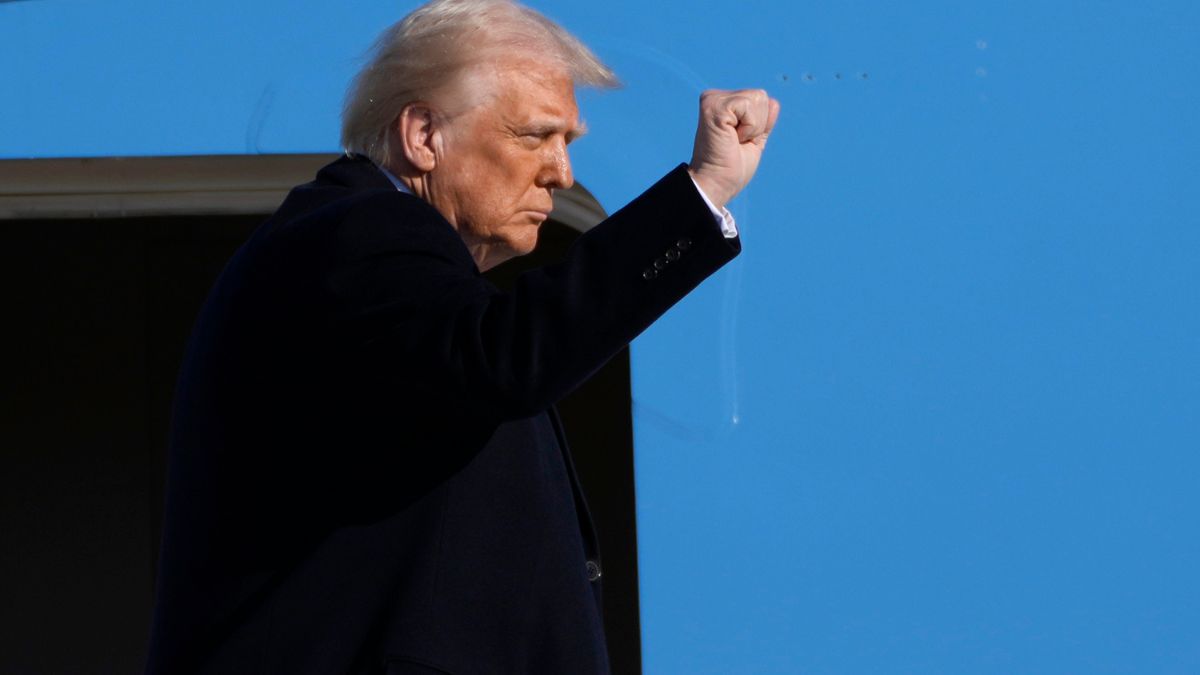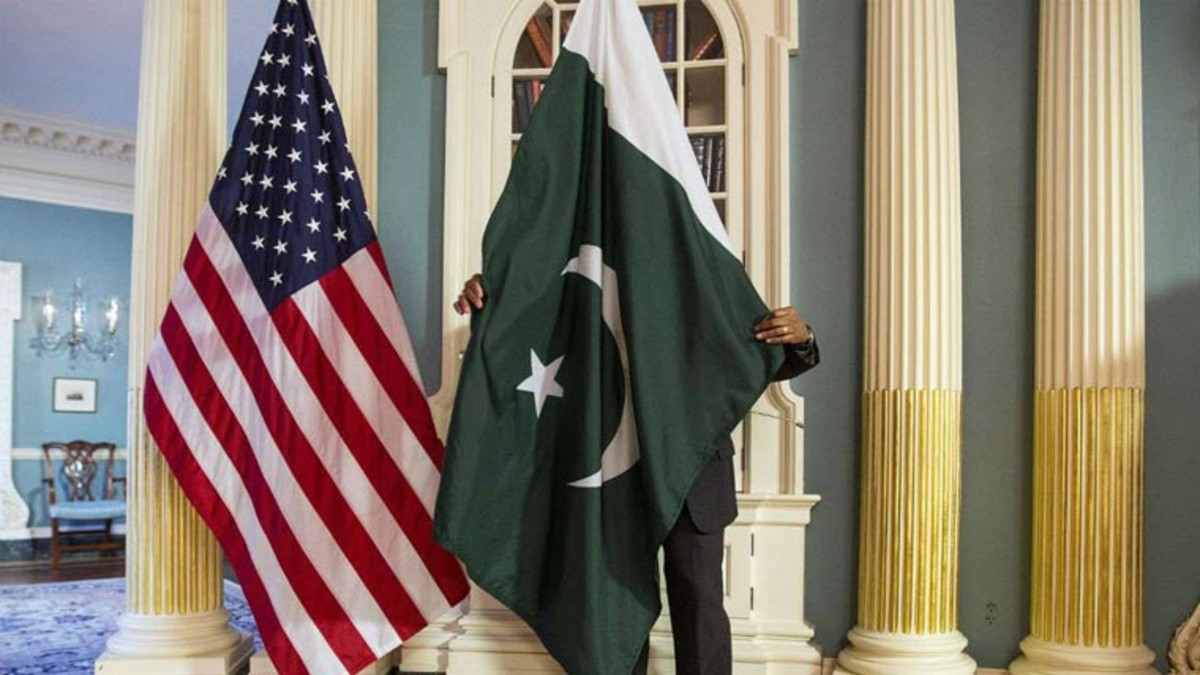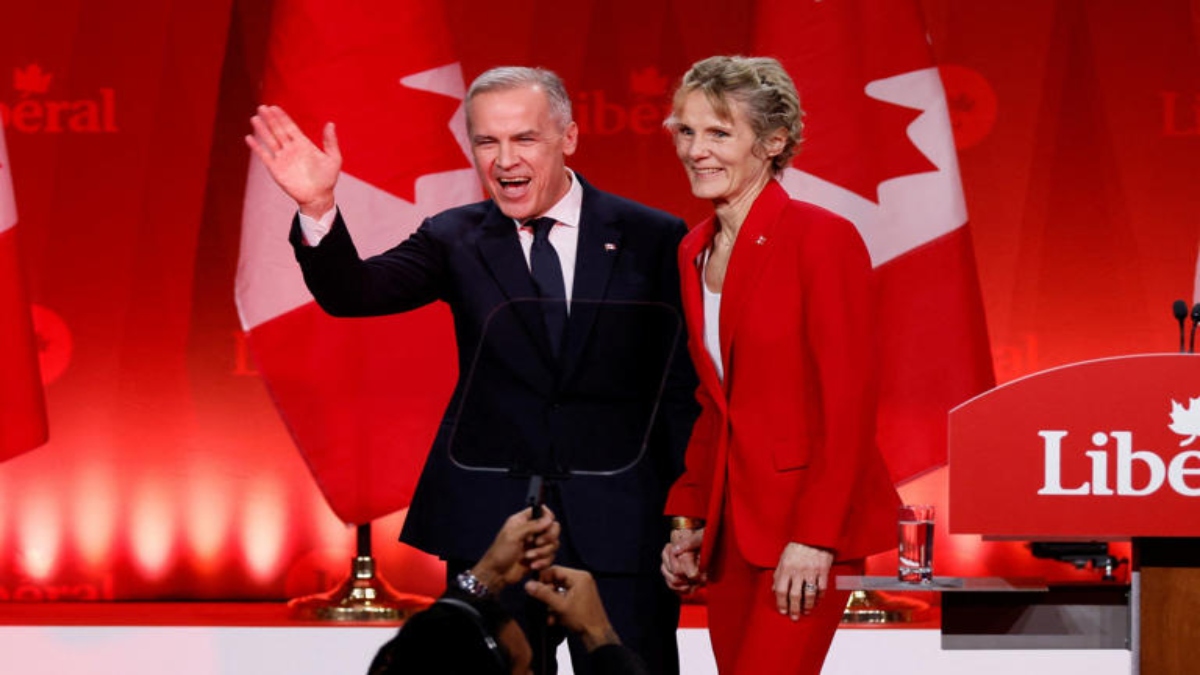In January, Pierre Poilievre was sitting pretty.
Canada’s then prime minister Justin Trudeau was historically unpopular – both in the public eye as well as within his own Liberal Party.
All the 45-year-old leader of Canada’s Conservative Party had to do was wait for the impending federal election.
But today, Poilievre has conceded his party’s defeat in the federal polls.
Not only that, Poilievre has even lost his own seat in Ottawa’s Carleton.
So what happened? How did Poilievre lose what everyone figured as such a sure thing?
Let’s take a closer look
Trudeau steps down, Mark Carney rises
In retrospect, the first domino to fall for Poilievre was Trudeau stepping down as prime minister of Canada.
Trudeau in January resigned as leader of the Liberal Party.
At the time, a poll showed the Liberal Party trailing the Conservative Party by over 25 points.
Trudeau, who blamed infighting within the party, said he could no longer be an effective leader.
As per Bloomberg, this was a huge blow to Poilievre – who had put getting rid of Trudeau and repealing the carbon tax front and center of his campaign.
Trudeau stepping aside made way for Carney.
Conservative political strategist Kory Teneycke told CTV this was a massive blow.
“The biggest strategic error that the Conservatives had going into this election was pounding Justin Trudeau and the Liberals with tens of millions of dollars of advertising,” Teneycke said.
“If Pierre Poilievre was fighting against Justin Trudeau – you keep everything else the same – we’d be having a Conservative majority tonight. “We went too hard in the lead-up to the campaign and we got rid of the guy who was going to deliver a victory for us.”
Carney on the other hand, was a well-respected economist and former governor of the Bank of Canada and England.
He was also very much not a politician.
Since Carney stepping up to the top job, the polling between the two parties first tightened considerably and then saw the Liberal Party push out in front in a stunning turn of events.
His outsider status and economic bonafides helped Carney twice – first in the race to succeed Trudeau as Liberal Party leader and prime minister and now in Canada’s general election.
Analyst and veteran Liberal political advisor Scott Reid told CTV Carney should be praised for resurrecting a party that was “dead and buried, covered in topsoil and leaves.”
“Someone who never ran for elected office, never held elected office, walked in and has pulled off something that is astonishing and unseen before in electoral history in Canada,” Reid added.
But Trudeau stepping down and the emergence of Carney wasn’t the only reason that Poilievre faltered.
Trump overshadows election
Perhaps the biggest factor in the election was US president Donald Trump.
Trump, who consistently made refences to Canada as the “51st state” and “Governor Trudeau,” cast a long shadow on the Canadian election.
Polls consistently showed that the conservatives were favoured to win big – until Trump opened his mouth and threatened Canada with tariffs and annexation.
Trump’s threats and his hectoring of Canada’s leaders created a ‘rally around the flag’ effect and bolstered Liberal Party voters, experts say.
Shachi Kurl, president of the Angus Reid Institute, a non-profit public opinion research organisation, told the BBC, “The threats, the annexation talk, all of that has been a huge motivator for left of center voters,” she said.
Kevin O’Leary, a Canadian businessman close to Trump, added, “Right now Canadians are very frustrated with America and Carney has used that to his advantage.
“He was able to distract Canadians from his own mistakes… and say ‘Stop looking at that. Look south of the border and I can save you’.”
Though Trump mostly maintained a silence on Canada as the elections neared – allowing the conservatives to regain lost ground – it wasn’t enough.
Trump without Trumpism fails again
Poilievre also sought to position himself as a Canadian version of Trump, adopting the ‘Canada first’ slogan.
Time Magazine noted that Poilievre had spent years trying to imitate Trump and remake the Conservative Party in Canada into a version of the US’ Republican Party.
The Time Magazine piece likened Poilievre to another Trump wannabe – Florida Governor Ron DeSantis.
DeSantis, who at one point was thought to be the future of the Republican Party, spectacularly flamed out in the 2024 Republican presidential primaries.
DeSantis, who had been given the moniker ‘Trump with a brain,’ spent more than $150 million during the campaign – with nothing to show for it.
“Even more so than DeSantis, he cribbed Trump’s talking points, railing against woke ideology and globalist elites so often that the Liberals, in an attack ad, intercut clips from Poilievre’s and Trump’s speeches, just to drive the point home,” the piece noted.
The piece said that though many have sought to emulate Trump abroad, such as Georgia Meloni in Italy and Javier Milei in Argentina, they all have done so in their own way.
“DeSantis and Poilievre, on the other hand, are mere imitators. This was especially egregious in Poilievre’s case; he imported culture-war dogma from the US even as the Canadian government slapped actual US imports with reciprocal tariffs. There has never been a worse time for a Canadian politician to sound American,” the piece stated.
Poilievre’s campaign is yet another example of how Trumpism without Trump doesn’t seemingly work.
Which is no great revelation.
In fact, many were predicting disaster even before the polls.
“(Poilievre’s) style and his approach to politics certainly channel a lot of Trump. It’s like a cheap karaoke version of Trump,” Teneycke said in March.
Women voters
Poilievre also failed to close with women voters – who make up over 50 per cent of Canada’s electorate.
As per The Conversation, Poilievre and his Conservative Party laid out proposal after proposal targeting men – mostly the young and working-class.
The piece noted that the Conservative Party’s plan entitled “More Boots, Less Suits” skewed heavily towards areas of work dominated by men.
The conservatives vowed to increase training and apprenticeship grants, update health and safety policy, allow for those in trades to get tax write-offs for travel and out of town work.
Women comprised less than five per cent of workers in skilled trade, the piece noted.
“…key parts of the Conservative strategy in 2025 limited the party’s potential to appeal to women, even working-class women. “More Boots, Less Suits” offered little to women specifically, or provided them with an opportunity to see themselves reflected in the policy. The broader CPC platform mentioned women only four times,” the piece noted.
With inputs from agencies


)
)
)
)
)
)
)
)
)